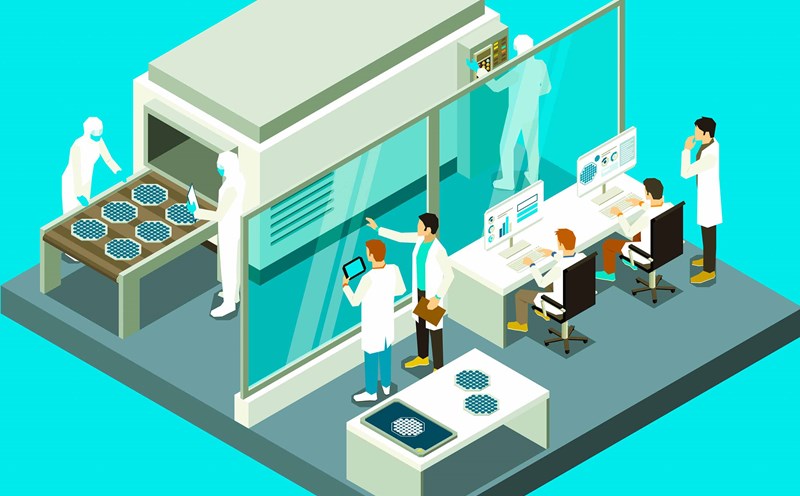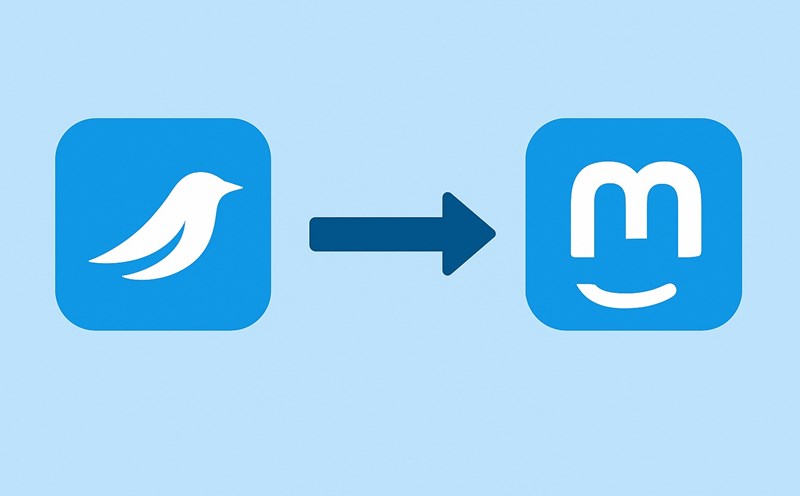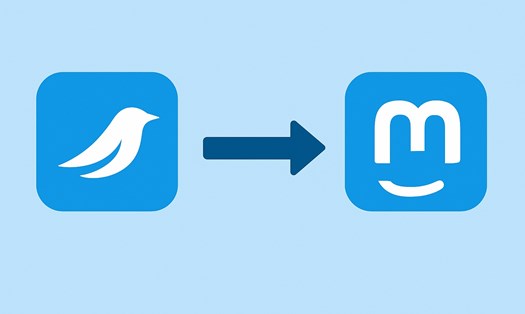The Australian government has just released a report assessing the possibility of applying self-taken-photo age- Prediction software to prepare for a ban on social media for people under 16 years old, expected to take effect from December.
However, the test results show many limitations, raising concerns about the feasibility of this measure.
According to the report, age verification systems based on overall facial recognition work quickly, ensuring privacy and achieving high accuracy for adults.
However, reliability has decreased significantly for users near the age of 16. Specifically, adolescents aged 16 and over have an 8.5% chance of being mistakenly identified as underage, meaning they need additional verification steps such as using identification documents or having parents' consent.
Notably, the report also noted demographic differences as white people are less likely to experience disruption, while adolescents, older adults and non-white people are at higher risk of false verification. This poses a challenge of fairness in implementation.
Under the new regulation, platforms such as Instagram (Meta) or YouTube (Alphabet) must prove that they have taken reasonable steps to prevent users under 16 from accessing, otherwise they will face a fine of up to 49.5 million AUD ( Australian Dollar) equivalent to 32 million USD.
Experts say that with unstable accuracy, age- Prediction software is unlikely to become a fundamental solution.
There are many variations in accuracy, says Justine Humphry, a media researcher at the University of Sydney. This is a worrying issue as the implementation period is only a few months away".
Despite the controversy, Australian Communications Minister Anika Wells affirmed that the report still proves that there are many effective options and that users' privacy can still be protected.
Anika Wells also stressed that no solution is everyone's choice, but the test is a key step in preparing for the ban from the end of the year.











